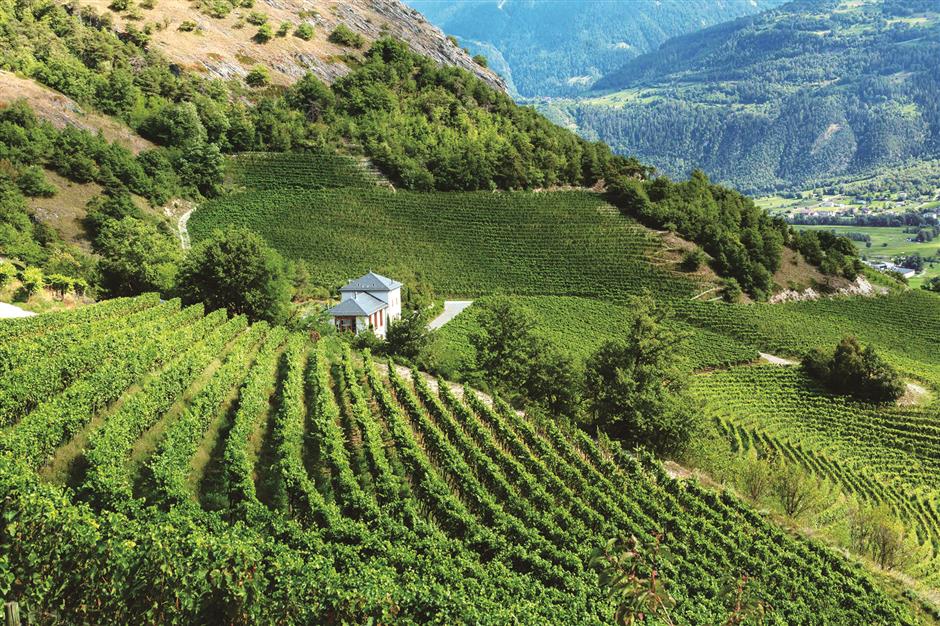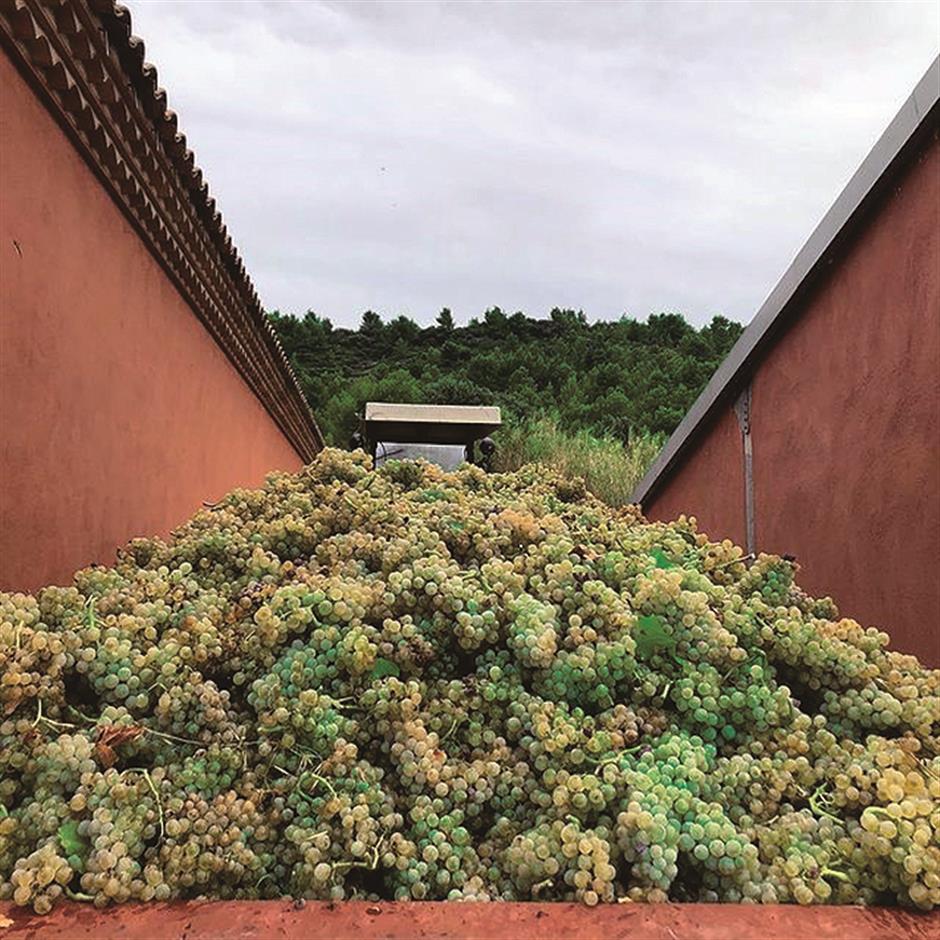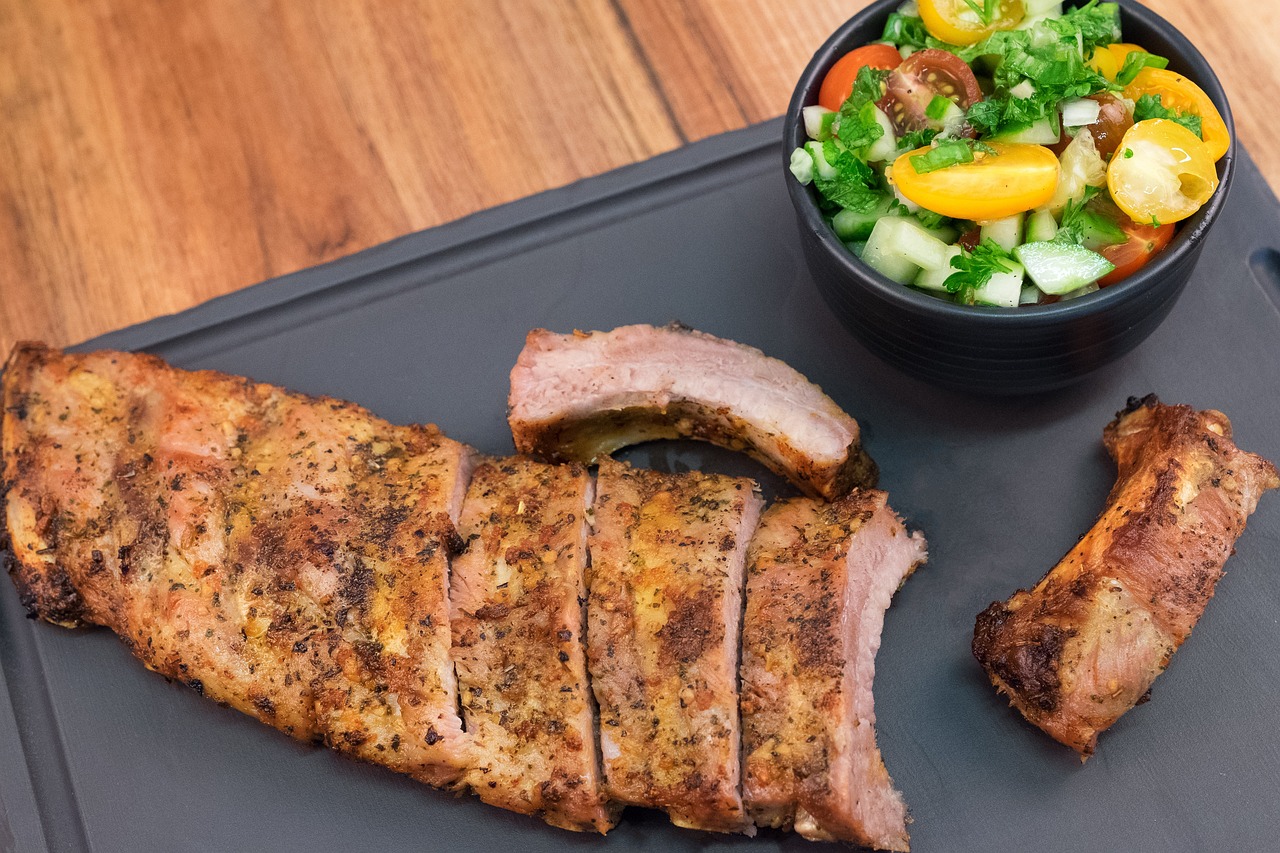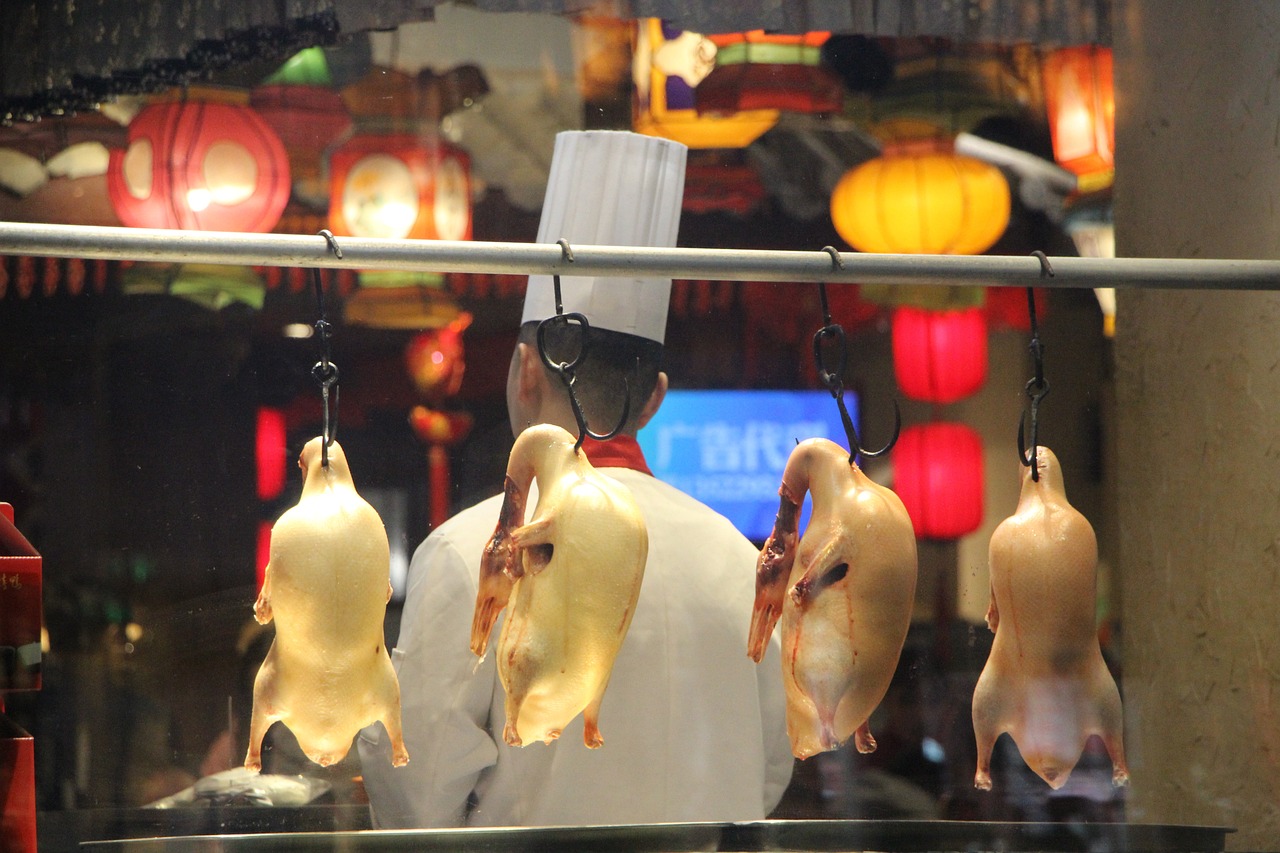Summary
Last week I spent the better part of the May Day holiday tasting wines from the four corners of the Earth in the pristine and rarefied air of the Swiss town of Aigle and 2,000-meter-high mountain village of Leysin. Not surprisingly, I drank, ate and slept exceedingly well.
My host was Concours Mondial de Bruxelles, the organization responsible for the world’s preeminent wine competition. Over 350 judges from around the world annually flock to a wine producing destination to dedicate themselves to the noble task of bestowing awards to the world’s best wines.
Last year’s competition in Beijing was the first time this prestigious event was held outside of Europe. Next year, the competition moves to the Czech Republic.
Due to the diverse origins and numbers of wines as well as judges, Concours Mondial de Bruxelles is justly referred to as the United Nations of Wines. Being a judge at this prestigious competition for six years along with serving 10 years as the wine columnist for Shanghai Daily newspaper are two of my proudest accomplishments.
Over the years, my weekly wine columns for Shanghai Daily have introduced to readers the expansive and diverse beauty of Italian wines, paid proper respect to French wines, covered the diverse and rich cultures of Spanish, German, Austrian and other Old World wines. I’ve also passionately expounded the merits of New World vino treasures from Napa, Washington State, Oregon, New Zealand, Australia and South America. I’ve even delved into the intriguing world of Chinese, Japanese and other Asian wines. But one wine producing country I’ve never covered is Switzerland. Today I make amends.
The mountainous nation of Switzerland is best known for delicious cheeses, chocolates, fondues as well as breathtakingly beautiful rugged mountains and pristine lakes.
But something many Chinese don’t know is that Switzerland also makes excellent wines. The problem is that the Swiss consume almost 95 percent of their lovely wines. Precious few are exported. Even fewer can be found in China. Nonetheless, the decidedly difficult task of sourcing Swiss wines in China is well worth the effort.
Historians believe that the Romans first brought vines into Switzerland sometime around 100 BC. In the Middle Ages, Cistercian monks from Burgundy settled in Switzerland, bringing their advanced winemaking techniques, traditions and abilities.
Winemaking flourished until the devastating Phylloxera epidemic that hit the country in the late 1800s. This disaster, as well as industrialization and property development issues, forced winemaking from the lower, flatter areas of Switzerland to the elevated, cool climate Alpine areas. A fortuitous occurrence, as in today’s wine world cool climate wines are all the rage.
The major Swiss wine regions are Valais, Vaud, Juras-Trois Lacs, Ticino, Heidiland and Schaffhauserland. Valais is the largest wine region situated between 400 and 1,100 meters high. In Switzerland approximately 240 grape varieties are cultivated, with the four most planted grapes being Pinot Noir, Chasselas, Gamay and Merlot. Collectively they represent more than 70 percent of annual harvests. The most representative of Swiss grapes is indubitably the indigenous grape variety Chasselas.
Some of my Swiss friends even refer to the grape as the soul of Swiss wines. Other countries like Romania and Hungary may produce greater quantities of wines made from Chasselas grapes, but make no mistake, this is quintessentially a Swiss grape.
The most distinctive and best Chasselas wines are Swiss, and recent research indicates that the grape originated there. Genetic and linguistic historical documents point to the Vaud region as the point of origin.
Historically, Switzerland has been associated with banking and neutrality. Some wine critics have claimed that Chasselas is a variety that produces neutral wines. Based on my May Day holiday tastings, I most certainly beg to differ. The Chasselas wines I tasted were distinctive, intense and stylish. Well-made Chasselas wines tend to be subtle and elegant with pronounced freshness and mineral qualities.
Many wines also feature aromatic floral notes. These attributes make them excellent wines to pair with classic Swiss cheeses including unpasteurized Gruyere, a classic Swiss cheese with a 1,000-year history. Fresh water fish from Lake Geneva and the mountain traversing rivers are additional Swiss delights that pair perfectly with Chasselas wines; and we’d be terribly remiss to forget the numerous varieties of Swiss sausages that simply beg for a crisp palate cleansing partner like Chasselas.
Swiss wines working in harmony with Swiss foods is hardly a surprise, but applying these liquid treasures to Chinese cuisine is also an exciting endeavor.
With my new-found appreciation of this often overlooked variety, I look forward to tasting Chasselas wines with Chinese dishes. Some of my envisioned Chinese gastronomy and vino marriages I deliciously envision are Chasselas wines with Shanghai-style salty chicken, deep-fried wild yellow fish and lion’s head meatballs.
Other regional Chinese dishes that can certainly be embellished by Chasselas wines are Cantonese BBQ pork, Taiwanese 3-cup chicken and Yunnan-style pig’s ear.
After breathing fresh Swiss air, experiencing genuine Swiss hospitality and luxuriating in the resplendent beauty of the Swiss Alps, writing this column 10,000 meters high on my journey home to China has been a true labor of love.The real challenge is sharing Chasselas and the other precious wines of Switzerland with readers. The best I can do is refer you to online wine stores that sometimes offer Swiss wines.
Shanghai is a sophisticated wine city, so the next time you wish to wow your friends with something truly special and different then I suggest you serve them a bottle or two of Chasselas wines. Remember to serve well-chilled, about 6-8 Celsius and use a generous glass that best showcases the seductive and delicate bouquet of the wine.





